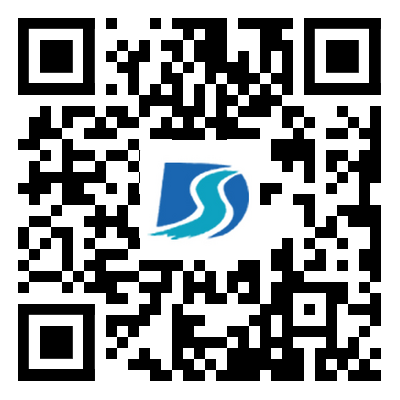
- English
- Español
- Português
- русский
- Français
- 日本語
- Deutsch
- tiếng Việt
- Italiano
- Nederlands
- ภาษาไทย
- Polski
- 한국어
- Svenska
- magyar
- Malay
- বাংলা ভাষার
- Dansk
- Suomi
- हिन्दी
- Pilipino
- Türkçe
- Gaeilge
- العربية
- Indonesia
- Norsk
- تمل
- český
- ελληνικά
- український
- Javanese
- فارسی
- தமிழ்
- తెలుగు
- नेपाली
- Burmese
- български
- ລາວ
- Latine
- Қазақша
- Euskal
- Azərbaycan
- Slovenský jazyk
- Македонски
- Lietuvos
- Eesti Keel
- Română
- Slovenski
- मराठी
- Srpski језик
CAS No. 144689-24-7 Olmesartan Introduction
2022-03-04
CAS No: 144689-24-7
Molecular formula: C24H26N6O3
Molecular weight: 446.5
EINECS No:646-413-5
Introduction
Olmesartan is an angiotensin II receptor blocker, widely used for the treatment of hypertension. The Renin-Angiotensin-Aldosterone System (RAAS) plays an importent role in the development and progression of many diseases such as hypertension, heart failure, atherosclerosis, and diabetic nephropathy.
In recent years, people's understanding of the RAAS keeps updating and angiotensin II receptor type 1 (AT1) antagonists (also known as angiotensin receptor blockers) has been increasingly used in clinial practice.
Properties
Melting point: 186-188°C
Boiling point 738.3±70.0 °C(Predicted)
Density: 1.33
Storage condition: -20°C Freezer
pka: 2.39±0.50(Predicted)
Form: powder
Pharmacological effects
Olmesartan is a non-peptide angiotensin II (Ang II) receptor (AT1 type) blocking agent. Olmesartan causes fewer adverse effects effects and it will not trigger dry cough, rash and angioneurotic edema that can be caused by angiotensin-converting enzyme inhibitors (ACEI).
In addition, olmesartan has strong and long-lasting antihypertensive effects. Ang II is an important substance in the renin-angiotensin-aldosterone system, which promotes vesselconstriction, aldosterone synthesis, cardiac contractility and Renal reabsorption of sodiu.
Olmesartan interrupt the negative feedback effects of Ang II on renin secretion by selectively preventing Aug II from binding to AT1 receptors of vascular smooth muscle cells, which results in enhanced plasma renin-activated renin activity and increased circulating Ang II concentrations, whereas had no significant effect on the antihypertensive effect of olmesartan.
Warnings
Olmesartan is contraindicated in:
Patients allergic to ACEI, aspirin and/or penicillin.
Patients who are at risk of angioedema.
Patients with a prior history of discontinuation due to laryngeal wheezing, angioedema of the face, tongue, or vocal cords.
Patients with aortic or mitral stenosis, hypertrophic cardiomyopathy, or left ventricular outflow channel obstruction.
Patients with renal impairment (single or double renal artery stenosis), hepatic impairment (biliary cirrhosis or biliary tract obstruction).
Patients with diabetes mellitus.
Patients who is taking potassium-preserving diuretics or potassium-supplementing drugs.
Child: no clinical data are available in patients under 18, therefore the use of Olmesartan is not recommanded.
Pregnancy: The use of Olmesartan in the middle and late stages of pregnancy may cause damages (such as reduced blood pressure, hyperkalemia, neonatal anemia, craniosynostosis, anuria and renal failure) to or death of the fetus (or the newborns).
Lactation: Animal tests have shown that olmesartanate can be secreted into breast milk, whereas whether it can be secreted in human breast milk or not remains unknown.Surgery requiring general anesthesia: drugs that cause a decrease in blood pressure may block the formation of Ang II following compensatory renin release.Patients who have heart failure and hyponatremia and who is taking diuresis and receivinvg renal dialysis will be at increased risk of hypotension.




